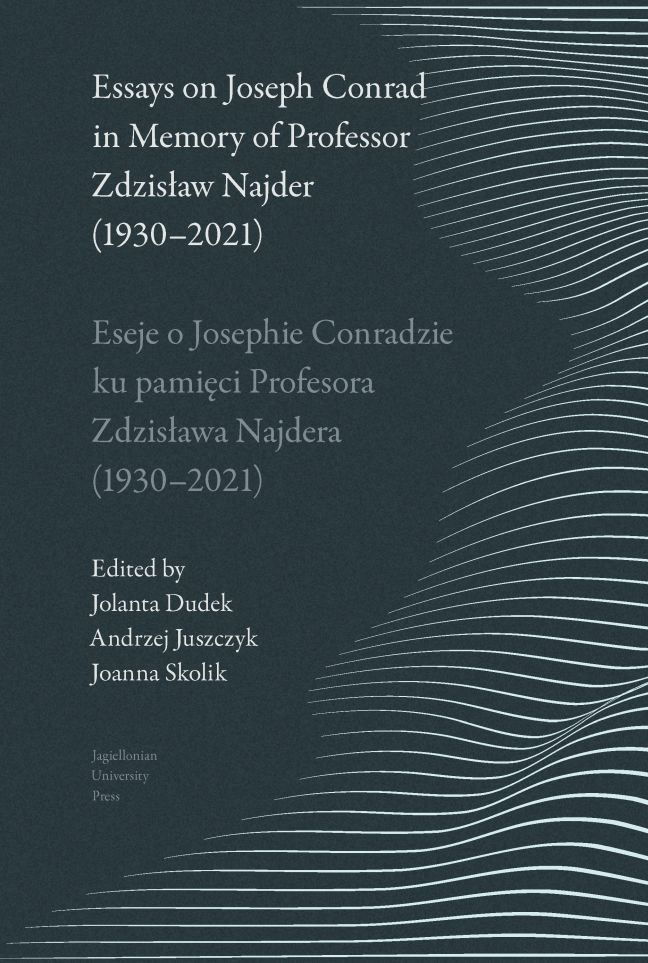Book contents
- Frontmatter
- Contents
- Part I
- Part II
- Bibliografia publikacji i audycji medialnych Zdzisława Najdera o Josephie Conradzie / A Bibliography of Zdzisław Najder's Publications and Media Programmes on Joseph Conrad
- Notes on Contributors / Noty o autorach
- Author Index / Indeks nazwisk
- Miscellaneous Endmatter
“Fidelity to Race” in Conrad's Lord Jim
Published online by Cambridge University Press: 01 March 2024
- Frontmatter
- Contents
- Part I
- Part II
- Bibliografia publikacji i audycji medialnych Zdzisława Najdera o Josephie Conradzie / A Bibliography of Zdzisław Najder's Publications and Media Programmes on Joseph Conrad
- Notes on Contributors / Noty o autorach
- Author Index / Indeks nazwisk
- Miscellaneous Endmatter
Summary
“It all begins,” Marlow tells us, “with a remarkable exploit of a man called Brown, who stole with complete success a Spanish schooner out of a small bay near Zamboanga.” Gentleman Brown bursts upon the scene of Lord Jim with such raw force that he initiates a new beginning: “It all begins…” Yet at this moment in the story, the opening of chapter 37, with less than one-fifth of the text remaining, Brown's arrival in Patusan marks the beginning of the dénouement, the final act of Jim's drama, as recorded in a thick packet of papers that Marlow sends to a “privileged” recipient. This testimony consists for the most part of events related by Brown on his deathbed in Bangkok, not as a confession but as an anti-confession, a declaration of impenitence.
As Jacques Berthoud noted, the very names of “Lord” Jim and “Gentleman” Brown solicit comparison. Both combine common English names with titles signifying superiority: Jim, whose surname remains secret, is a Lord without a manor, and only by an error of translation; while Brown, whose given name is never given, is a most un-gentle man. Indeed, if Brown is truly the son of a baronet, he is more of a “lord” than Jim, while Jim's “gentlemanly” qualities or pretensions receive comment throughout the novel. Both men are vagabonds or stragglers whose accomplishments have earned them a kind of notoriety, a greatness registered in the pseudo- aristocratic epithets that take the place of their original names: Jim becomes a “lord” and Brown becomes a “gentleman,” thus realizing the dream of countless heroes of nineteenth-century British novels. But what unites them also divides them, in a manner that raises the issues of fidelity and solidarity that worry Marlow throughout the novel: is Gentleman Brown also “one of us”? In Brown, Jim confronts (again in Berthoud's phrase) “a nightmare vision of himself,” a dreaded mirror-image which can best be understood—like a nightmare—not in terms of similarities and differences, but of identities and alterities.
- Type
- Chapter
- Information
- Publisher: Jagiellonian University PressPrint publication year: 2023



